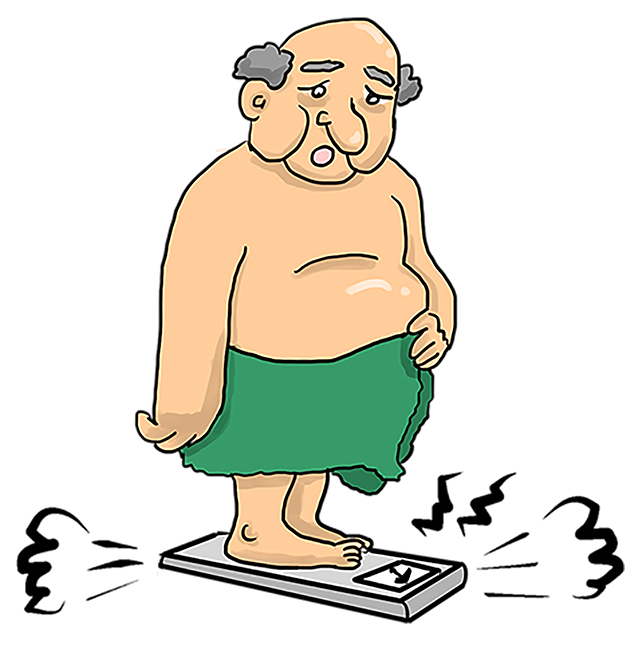¡Skeletal muscle adiposity, coronary microvascular dysfunction and
adverse cardiovascular outcomes!
The Body Mass Index (BMI) does not accurately reflect
the risk of cardiovascular disease
Overweight and obesity affect more than 71% of adults in the U.S. and represent a significant health risk. Obesity ( BMI ≥ 30 kg/m²) is linked to cardiovascular disease ( CVD), reduced life expectancy, and negative changes to the heart and blood vessels.

Intermuscular fat is a type of body fat found between muscle fibers. Fat infiltration of skeletal muscle ( SM), or intermuscular adipose tissue ( IMAT), reflects muscle quality and is associated with inflammation, a key determinant in cardiometabolic disease.

Intermuscular fat (IMAT), which is a type of fat within skeletal muscle that varies between individuals and is associated with insulin resistance and type 2 diabetes. Unlike the fat in meat for consumption, IMAT in humans has inflammatory properties that may affect metabolic function and muscle health. Although its relationship to CVD is not fully understood, it has been identified as a possible risk factor.
Coronary microvascular dysfunction (CMD) is a condition in which blood flow to the heart is reduced, even though the major arteries appear normal. It can be measured with positron emission tomography (PET) and has been linked to obesity, heart failure, stroke, and mortality. In addition, CMD is associated with inflammation and stiffness in the heart, even in people without conventional risk factors.
Because BMI has limitations in predicting CVD, the researchers posit that IMAT and skeletal muscle quantity may affect CMD and cardiovascular risk independently of obesity. Assessing these factors could improve risk detection and guide better prevention and treatment strategies.
